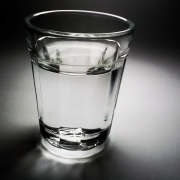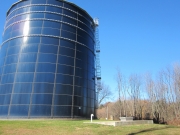U.S. Infrastructure: Drinking Water
This is the fifth article in Buildipedia's series on U.S. Infrastructure, following the January 8, 2010 feature on dams, "It’s About Dam Time!"
The American Society of Civil Engineers (ASCE) assigned the United States’ DRINKING WATER infrastructure a grade of “D-” on their 2009 Report Card for America’s Infrastructure. Easy access to fresh water is a modern convenience that we might take for granted in our daily lives.



